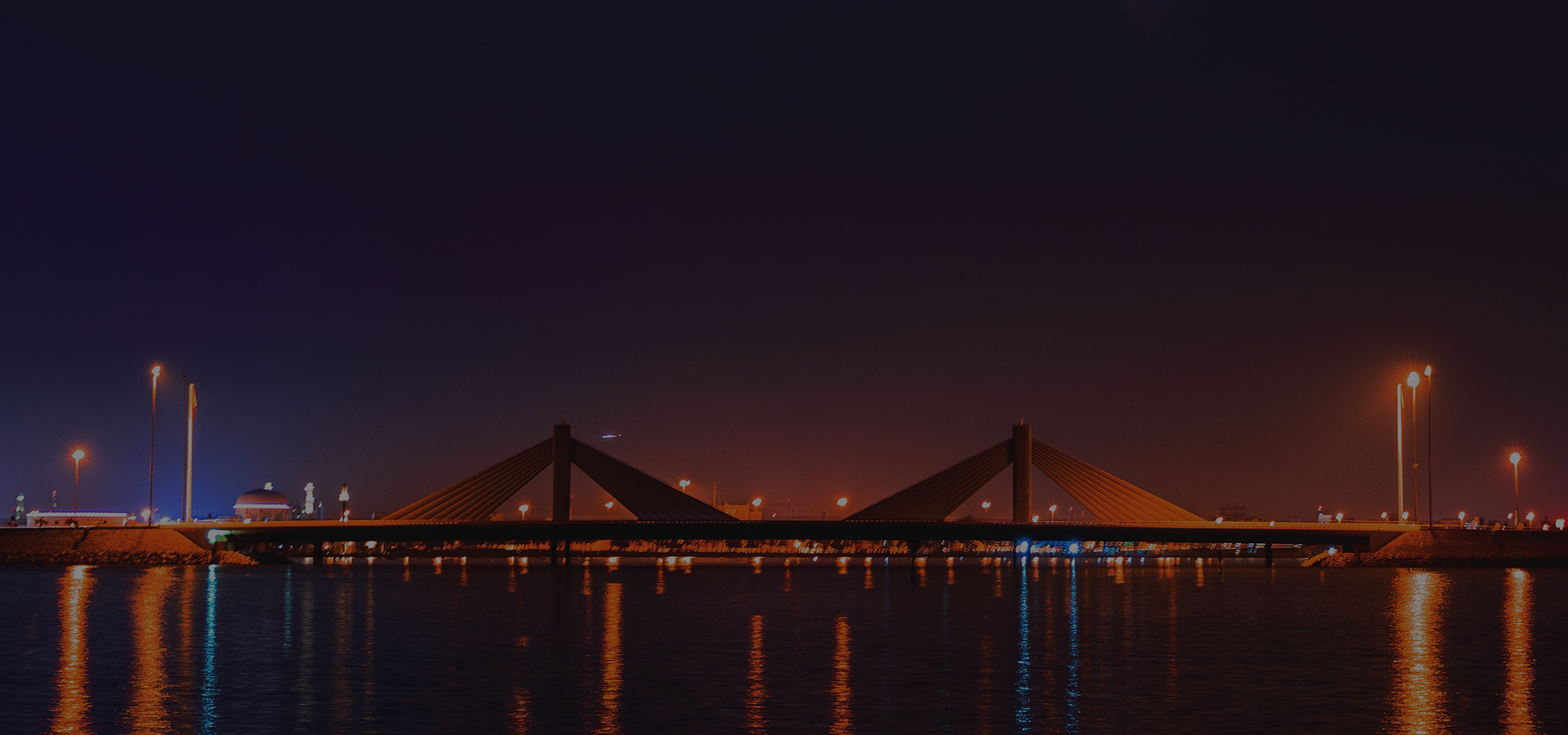Impacts of Climate Change on Bahrain
Contributor to this page: Mohamed Ghassan Farija. Check out our Contributors page for more information
- Bahrain as a SIDS
- Impact of sea level rise on Bahrain
- Impacts on water resources
- National Mitigate Measures
Bahrain is officially classified as a small island developing state (SIDS). Based on the United Nations World Tourism Organisation (UNWTO), SIDs are characterized by three main traits (1) small in size (2) limited in economic diversity thereby resulting in implications due to pressure on resources and (3) isolated in nature due to being surrounded by seas/oceans. In addition, SIDs usually harbour unique biodiversity and cultural richness. This combination of traits make them very vulnerable to the impacts of climate change and also challenges their ability to cope.
SIDS or not, there is general consensus amongst scientists and a large portion of the world population that acknowledges climate change as an existential threat to humanity, leaving no country on the planet untouched by its impacts in one way or another. As a SIDS located in the Arabian Gulf, Bahrain is particularly vulnerable to climate change. The Kingdom has experienced more and more extreme temperatures during the summer months, which are predicted to grow more severe in the coming decades. In parts of the GCC, summertime temperatures are anticipated to exceed 60C by 2060 under a high emissions scenario (Pal and Eltahir, 2015).
Sea level rise is one of the most certain consequences of climate change that Bahrain will experience threatening the island’s future habitability. Based on the high sea level rise scenario (i.e. 5m) recorded in the kingdom’s third national communications report to the UNFCCC (BH Third Nat Com.pdf), all land use areas categories will be severely impacted whereby the airport will be completely submerged with water, while at least 94% of the total areas of wetlands, reclaimed lands and industrial areas would be lost if not more. Built up areas would lose 74% of their total areas. Under the low sea level rise scenario (i.e. 0.5 m), half of the wetlands areas and 2% of reclaimed areas will be submerged under water.
Other reports warn that if sea level rise continues on its current trajectory, it is estimated that sea-level rise could submerge between 27 and 56 percent of Bahrain by 2100 (Lobelog, 2019) . These figures do not consider high surge events, which may result in even further land loss than estimated.
In addition to sea level rise, climate change will worsen an already unsustainable water supply and demand situation in the country with lower precipitation rates leading to lower groundwater recharge rates and higher temperatures creating more pressure on the demand for freshwater supply coupled with unsustainable groundwater use by agricultural farms, households and businesses. This combination of impacts poses the challenge of meeting the increasing demand while trying to address the decreasing water supply in the face of climate change in the country. Bahrain has conducted an assessment to look at the potential of reducing its water demand and is looking into ways to formulate a comprehensive national water policy and strategy based on integrated water resource management (IWRM) as outlined in the kingdom’s third national communications report to the UNFCCC.
The Bahraini government fully recognizes the scientific consensus regarding the reality of global warming and climate change. Although Bahrain is only responsible for 0.7% of the world’s greenhouse gas emissions, it pledged to achieve net-zero emissions by 2060 during the COP26 summit in Glasgow in October 2021 (Reuters, 2021). This will be achieved through a series of ambitious interim targets, the first of which is reducing emissions by 30% by 2035. These reductions will primarily be made through decarburization, increasing energy efficiency, and increasing the Kingdom’s renewable energy capacity. Moreover, the country has also made several adaptive pledges, such as quadrupling mangrove coverage and doubling the Island’s green coverage all of which are aimed to utilize their carbon sink capacity.
Information Sources and References
1 – Pal, JS and Eltahir, EA. (2015). Future temperature in southwest Asia projected to exceed a threshold for human adaptability. Nature Climate Change, (6) DOI: 10.1038/nclimate2833
2 – Supreme Council for Environment (SCE) (2020) Bahrain’s Third National Communications Report to the United Nations Framework Convention on Climate Change (UNFCCC).
Last accessed on 28 April 2022, Available Online via
3 – Lobelog (2019) Will Bahrain Disappear Beneath The Waves? Blog Post, Last accessed on 28 April 2022, Available Online via <https://lobelog.com/will-bahrain-disappear-beneath-the-waves/#:~:text=Rising%20sea%20levels%20could%20submerge,supply%2C%20and%20the%20natural%20environment>
4 – Reuters (2021) Bahrain aims to reach net zero carbon emissions in 2060 – BNA. Last accessed on 28 April 2022, Available Online via <https://www.reuters.com/business/cop/bahrain-aims-reach-net-zero-carbon-emissions-2060-bna-2021-10-24/ >



